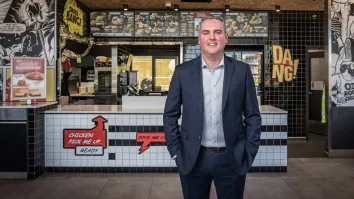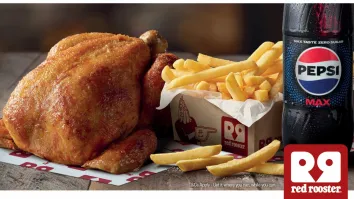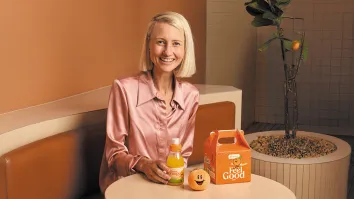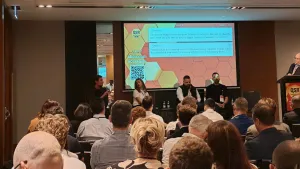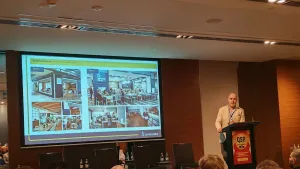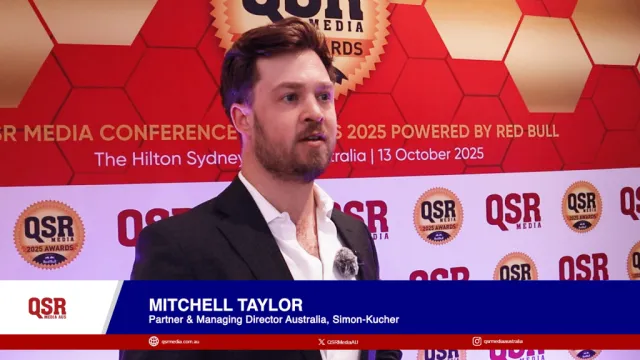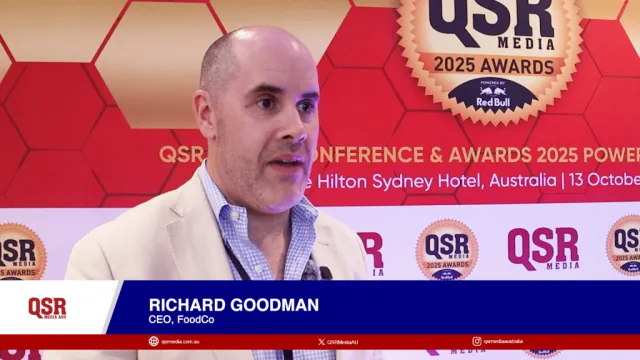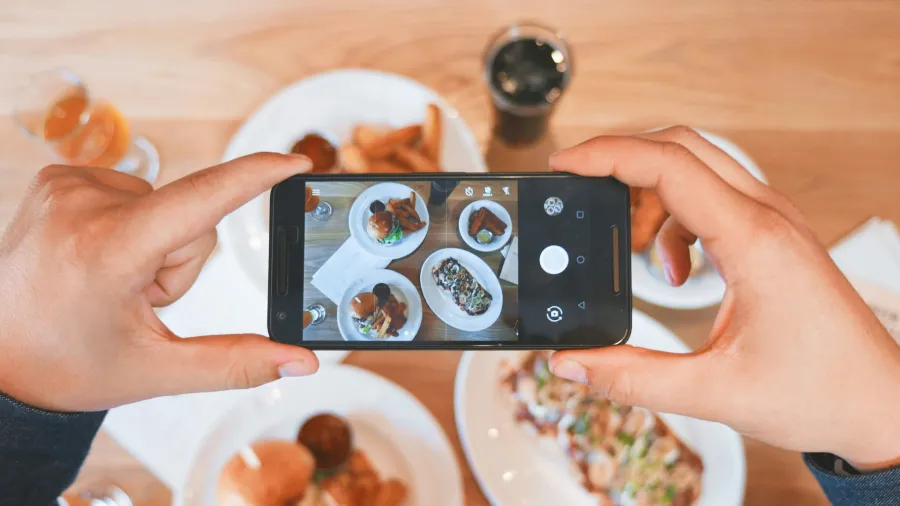
5 challenges QSRs faced when implementing loyalty programmes
1 in 2 Australian loyalty programme members are active in all of the loyalty programmes they are a member of.
According to the 12th edition of the annual Australian customer loyalty and loyalty programme research study, For Love or Money™ 2024, this is the highest active rate as tracked by the research since 2021 where only 43% of members reported they were active in all of their programmes.
The research defined an active member as having presented their card or membership number when purchasing in the past 12 months.
The 'For the Love or Money™ 2024' report said around 90% of Australians are enrolled in at least one loyalty programme this year. On average, Australians belong to 4.3 different loyalty programmes, a figure that has remained consistent over the 11 years of benchmarking.
Adam Posner, the report’s author and CEO of specialist customer loyalty consultancy firm The Point of Loyalty said the average of 4.3 memberships was an unprompted number of memberships, when the research prompted a list of 114 loyalty programmes, members identified with an average of 9.4.
“This means there are many more memberships out there, some of which members didn’t even realise they belonged to,” Adam said.
But what would be the main challenges the quick-service restaurant industry faces when designing and driving loyalty programmes?
Adam said one of the first challenges is gaining alignment across the business, from the internal leadership team to the team in-store, on why they have a loyalty programme.
User experience
“Another challenge is that the member experience with the programme be it in their app, online or in-store is not seamless and integrated which is based on technology integration challenges,” Adam said.
The third challenge is a complex loyalty programme, with members having to do mental gymnastics on the programme benefits and rewards, points for this points for that, and complex tiering, they are all member pain points.
The fourth challenge that further exacerbates this is if QSR teams are not trained well enough about the programme’s benefits.
ALSO READ: Soul Origin’s new loyalty strategy for Aussies hits close to home
In Adam’s report, there are three key variables for optimising the loyalty programme member’s experience. It has to be simple, personal, and valuable.
67% of loyalty members believe that how valuable a programme is to them is the most important variable for optimising the loyalty programme experience. Meanwhile, 26% want their loyalty programmes to be simple to understand, easy to join and easy to earn and redeem rewards. 7% said they want the communications to be personalised, the rewards relevant, and members feel special.
“Members expectations of immediacy, no hassle and one-touch-tap to pay and earn rewards. The fast pace of QSR needs to be reflected in the fast pace of the programme experience,” Adam said.
The report also highlighted the need for loyalty programmes to be more financially relevant, useful and joyful. This means understanding buying behaviours of what consumers buy, how much they spend, and how often they make a purchase.
“A loyalty programme that understands its members’ buying behaviours needs to use these insights to be more relevant and personal. Useful is based on adding utility or functional benefits such as integrated payments, easy order or pick up i.e. “make my life easy”. Joyful is about “adding moments of magic to my life”, surprise and delights or like Grill’d do a free burger because my footy team wins,” Adam said.
Finally, programmes that are too transactionally focused and are not innovating to create more excitement and emotional engagement. This is because 85% of consumers identified with a feeling of emotional loyalty (in a positive way) to a brand at any one or many moments.
ALSO READ: Red Rooster announces special deal for First Responders Day
Whilst fostering a feeling of emotional loyalty is a combination of many and varied moments, the top five one-off or ongoing moments identified by consumers in the research, were:
- Being recognised and rewarded for being a valuable customer (49%)
- Thanking them for being a valuable customer (36%)
- Meeting expectations when purchasing product/service from the brand (33%)
- Make the purchase experience simple and seamless (28%)
- Being surprised and delighted with special moments and unexpected rewards and benefits (26%)
According to Adam, the programmes that are doing some interesting innovations in QSR include My Macca’s Rewards, Nando’s Peri Perks and Grill’d Relish Membership programme.
Data concerns
For a loyalty programme to be effective, it needs data to capture the consumer and tailor menu offerings, promos, and marketing campaigns. However, since last year, consumers have grown reluctant to share their data.
The For Love or Money™ 2024 report revealed that only 52% of consumers are okay with sharing their data to enhance their experience with loyalty programmes, a drop from 58% last year.
Meanwhile, those who feel that the information being collected is an ‘invasion of privacy’ even if it enhances their experience increased to 25% from 22% in 2023.
MORE LIKE THIS: Is going cashless the future for QSRs?
In 2024, the Net Data Trust score, which assesses the level of trust members have in loyalty programmes to safeguard their personal information, is at -28, with Gen Z the least trusting and Baby Boomers the most trusting
According to Adam, QSR loyalty programmes need to be clear and transparent on the concerns members have regarding data and protection such as who has access to their data, the security of the systems where their loyalty data is stored, and letting members know how loyalty programmes are protecting member data. QSRs should also be clear a how they are using the data, the reasons behind each data entry request, and for how long the programme retains or accesses their data.
Even with the widely publicised data security breaches, more than one in five loyalty programme members are still confident with the security protocols of loyalty programmes and are happy to share their data, knowing they are gaining benefits and rewards from the programme. However, most loyalty programme members (54%) are now more concerned about sharing their data with programmes but will still do so, knowing they are gaining benefits and rewards from the programme. Only 2% will no longer join any loyalty programmes due to concerns over data breaches.


